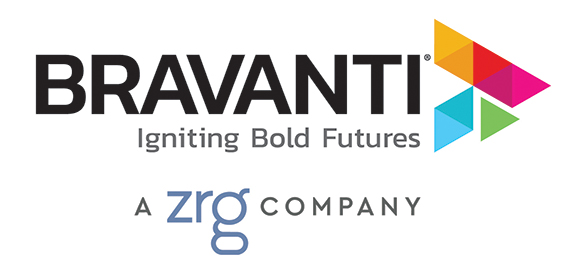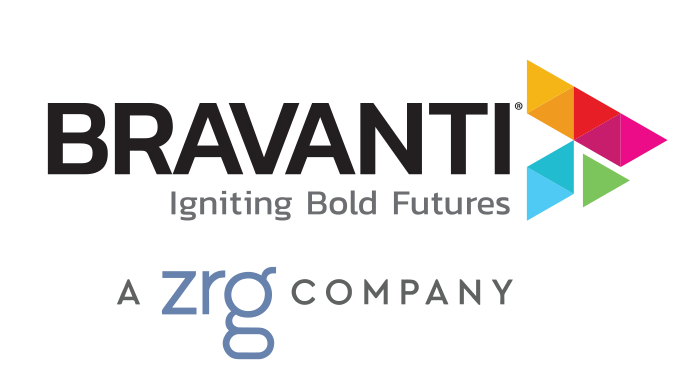By Michael McGowan
The Fourth Industrial Revolution continues to take hold of the global economy, and the need for reskilling American workers has never been more urgent. Roles in the workplace are shifting dramatically, as new technology both eliminates and creates new jobs. According to the World Economic Forum, “75 million jobs are expected to be displaced by 2022 in 20 major economies. At the same time, technological advances and new ways of working could also create 133 million new roles.”
The results? Significant skills gaps that hamper an organization’s ability to succeed in the rapidly changing world. In a new edX survey, more than a third of respondents reported a lack of proficiency in at least one new skill/subject area of a job they’ve held, yet nearly half said they were uncomfortable asking their employers for help.
Although gaps in data and digital skills are of concern to most businesses today, many of the skills gaps we see in our daily work pertain to the softer business skills. People need help working with each other in effective and productive ways, such as:
- Coaching team members as a leader
- Navigating conflict
- Influencing others and culture without authority
- Communicating effectively
- Building strong teams
In fact, a recent study from the Society for Human Resource Management indicates the most commonly reported skills shortages are less about hard business skills and more about critical thinking/problem-solving, professionalism/work ethic, leadership, written communications, and collaboration.
The dearth of these skills, combined with the fluidity and pace of change, require new approaches to learning and development. It’s no secret that most people are time-constrained and learn best through experience. The learning and development world long ago deemphasized elongated traditional classroom-style learning in favor of action-based, problem-solving, and hands-on skills workshops. Also, technology affords us tremendous opportunities to develop the masses in a cost-effective manner. However, technology alone is not an effective way to develop leaders. That’s why the concept of flipped learning continues to gain favor in corporate learning circles to address the time and technology challenges learning and development professionals face.
The idea of flipped learning is to deliver the core content (usually reading or videos online) before the hands-on classroom activities, then using the classroom as more of an active, peer-driven learning environment rather than a time for teacher-led instruction. This model addresses the way people learn today and the time constraints that most modern workers face.
Promoting learning in a way that maximizes the time and effort involved contributes to an agile culture throughout the organization, enabling leaders and employees to anticipate change and adapt quickly. And with a record-low unemployment rate and the most competitive talent market in decades, reskilling is a critical strategy for talent retention. As businesses continue to grapple with an uncertain and rapidly changing world, they will need to actively address skills gaps to pave the way for the future of work.

